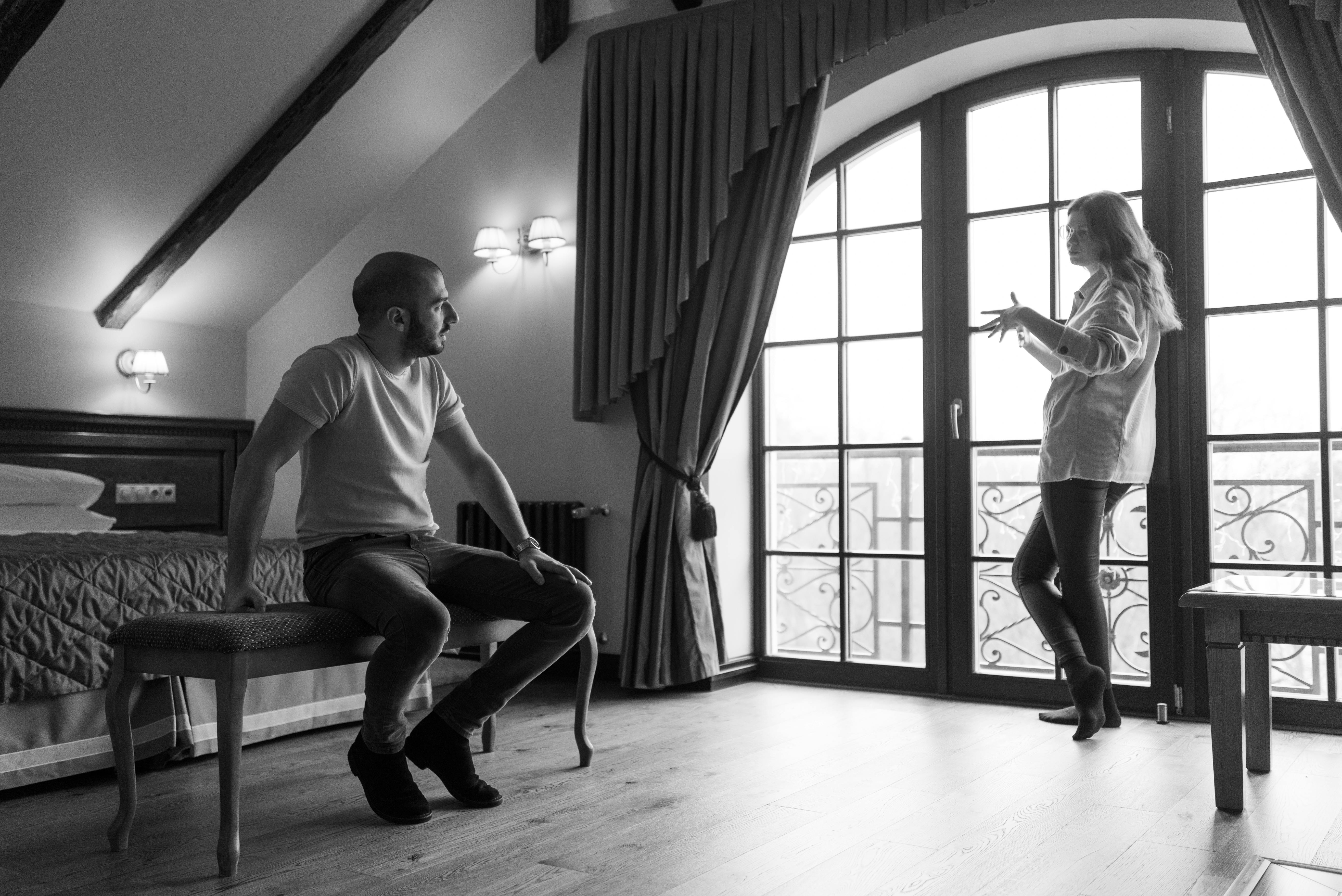
Getting a toddler to stop using a pacifier
Babies need their pacifiers. These simple elements allow them to suck, one of the most intrinsic and basic human needs.
The pacifiers are anatomically created to be used during the first two years of the child’s life. As a toddler grows older, parents begin to remove the pacifier. Even if the pacifier is removed, children get used to thumb sucking, a harmful habit that can lead to biting problems.
The pacifier must be removed before the toddler turns 3 years old. This is the time when the child’s jaw is developing and sucking on a pacifier could have a detrimental influence.
Problems related to the use of the pacifier
If the toddler continues to suck on a pacifier for more than two years, a number of problems could occur.
If the toddler sucks on the pacifier all the time, some of the teeth may be out of place and pushed forward. These deformities can result in chewing problems.
When the teeth are pushed forward, the child will begin to breathe through the mouth instead of the nose. The oral cavity will dry out faster, which increases the risk of tooth decay.
How to get a toddler to stop using a pacifier
You should get your child used to being quiet without a pacifier by the age of eight months. This is when the child gradually stops sucking and begins to chew food.
Replace the pacifier with a rubber or gel toy that can be chewed. This will make the transition smoother and the child will not stop sucking on something.
The child should not be subjected to additional pressure when trying to remove the pacifier. It is not appropriate to start the process if the parents are arguing or divorcing, if an older family member has passed away, or if any other traumatic event is occurring in the family.
Get the child used to the fact that the pacifier will appear only at bedtime, helping him to fall asleep effortlessly. If the child is used to sucking on the pacifier all the time, he will get used to sucking on his thumb.
A young child’s need to suck on something is usually satisfied within several minutes. Provide the pacifier for short periods of time and then remove it. Give the child the pacifier only when you are sure that this is the specific item requested. If the child needs comfort, it is better to give him a hug than a pacifier.
Try to remove the pacifier from your child’s mouth once the child falls asleep. Most children spit out the pacifier after 15 to 20 minutes of deep sleep. If the child wakes up, leave him the pacifier. Otherwise, your toddler will experience trouble sleeping in an attempt to protect the favorite comforter.
Many children demand their pacifier when they are bored or for purely routine reasons. In such cases, play with the child and do your best to keep him entertained and happy.
Get rid of the pacifier completely. This can be very difficult at first, but for many young children, the strategy is more efficient than a gradual approach.
Use a simple trick. Make the pacifier boring. Use a pin to pierce it. When the air comes out, the child will no longer enjoy sucking on the pacifier. Ask a friend to dress up as the pacifier fairy and take your toddler’s pacifier, giving them a wonderful gift in return.
Be patient and kind with your child. Stopping pacifier use should not be a traumatic experience. Comfort your child and provide entertainment that will ease the transition.






